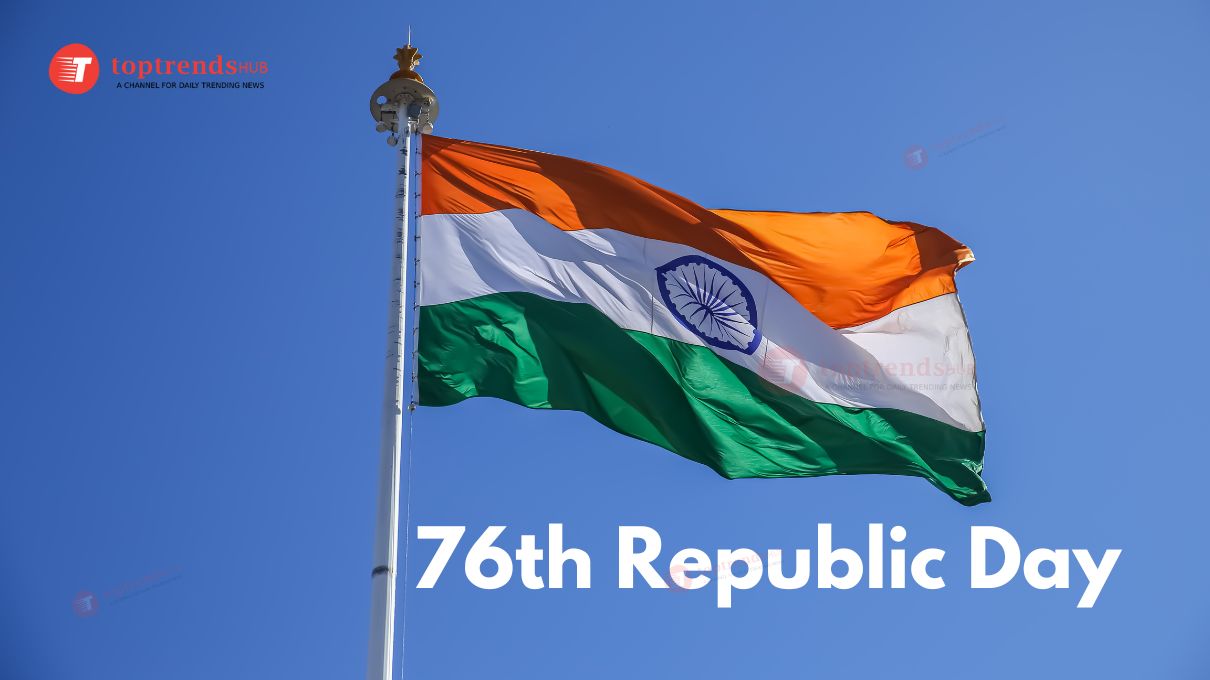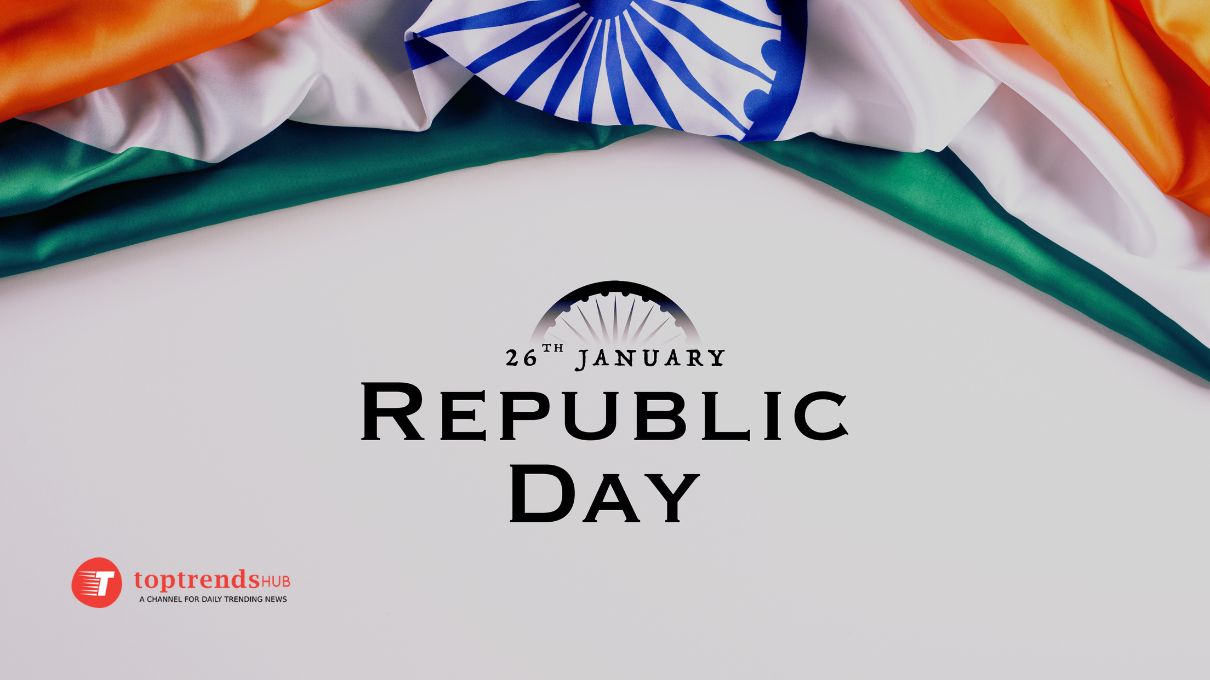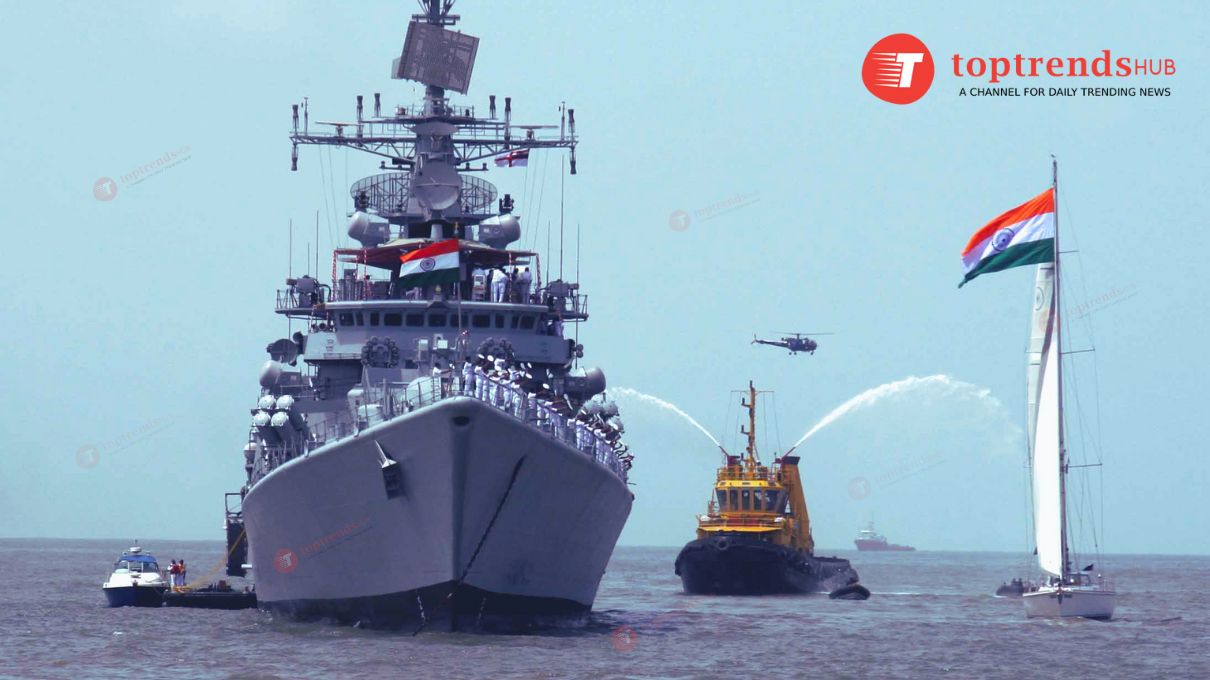Every year, on 26th January, India comes together to celebrate Republic Day, a monumental occasion marking the day when the Constitution of India officially came into effect in 1950. This year, 2025, the nation will proudly celebrate its 76th Republic Day on Sunday, 26th January. This day not only honors India’s transition from being a British Dominion to a fully sovereign republic but also reflects the unity, diversity, and resilience that the country stands for. Republic Day is a symbol of India’s democratic journey, representing not just the day when the Constitution came into effect but also the significant values that shape the nation’s identity today.
Republic Day serves as a day to reflect on the progress India has made over the years, including its social, economic, and political advancements. From the fight for independence to the establishment of a strong democratic republic, the day stands as a testimony to India’s resilience and the spirit of its people. It is a celebration of India’s diverse culture, with each citizen playing a part in the continued growth and development of the nation.
Most Popular Daily Trending News | Top Trends Hub News Channel
Republic Day holds a special place in the hearts of every Indian citizen. It signifies the nation’s commitment to the values enshrined in the Constitution, which includes justice, liberty, equality, and fraternity for all its citizens. As India continues to evolve, Republic Day serves as a reminder of the journey that led to the establishment of a democratic republic. Moreover, the occasion underscores the importance of upholding the fundamental rights and responsibilities that every citizen holds under the Constitution, ensuring that future generations are nurtured within this framework of equality and justice.
The Significance of Republic Day
The Republic Day of India commemorates the adoption of the Indian Constitution on 26th January 1950, which replaced the Government of India Act 1935. On this day, India declared itself a republic, formally severing its last ties to the British Crown. While India gained independence on 15th August 1947, it was not until 1950 that it became a republic, with the Constitution coming into force and India becoming a sovereign democratic nation. It is crucial to remember that the Constitution of India was drafted with meticulous attention to ensuring that every citizen had access to their fundamental rights and freedoms, as well as the protection of their individual dignity.
Republic Day of India 2025: Celebrating 75 Years of Sovereignty
Dr. B.R. Ambedkar
The adoption of the Indian Constitution was a historic moment, one that transformed the governance system of India. It laid down a framework for democratic governance, human rights, and the rule of law. The Constitution is the bedrock of Indian democracy, and Republic Day is an annual reminder of its importance in shaping the country’s journey. The drafting of the Constitution, which was led by Dr. B.R. Ambedkar and the Constituent Assembly, was a laborious process, involving debates, discussions, and the input of many leaders and thinkers. Today, the Indian Constitution stands as one of the longest and most comprehensive in the world, providing a clear pathway for the governance of the nation, safeguarding individual rights, and promoting social justice.

Republic Day marks the realization of the country’s collective vision for a democratic India. It signifies the values of unity, independence, and sovereignty, empowering every Indian to participate in the democratic process. It serves as a solemn reminder of the sacrifices made by countless freedom fighters who laid the foundation for the democratic ideals we uphold today. Additionally, Republic Day is a reminder of the responsibility each citizen carries to ensure the well-being of the nation and the protection of democratic values.
Key Elements of the Republic Day Celebrations
Each year, India celebrates Republic Day with an array of colorful events, ceremonies, and traditions, making the day an occasion of national pride. The celebrations have evolved over the decades, but their core theme remains rooted in honoring the Constitution and recognizing the contributions of the Indian Armed Forces. Republic Day is not only a reminder of the nation’s historical transformation but also a celebration of its future potential and ongoing growth. It is a day when every Indian comes together, regardless of their background, to celebrate the democratic freedoms that unite them.
The Grand Parade at Rajpath
Without a doubt, the highlight of Republic Day celebrations is the Grand Parade at Rajpath, New Delhi. The parade showcases India’s military prowess, cultural diversity, and technological advancements. It begins with the ceremonial flag hoisting by the President of India, followed by the playing of the National Anthem and the salute to the National Flag. This marks the official commencement of Republic Day celebrations, a moment of collective pride for the nation.
The Republic Day parade features spectacular performances by India’s Armed Forces, with soldiers marching proudly, and spectacular displays of military hardware and weaponry. The parade also includes representations from Indian states through vibrant tableaux, depicting the unique culture, traditions, and history of each region. These tableaux are meticulously crafted, often incorporating elements of folklore, art, architecture, and festivals, showcasing the deep cultural fabric of the nation. This annual tradition emphasizes the nation’s rich heritage and the strong spirit of unity that binds India’s diverse people. The military display, which includes formations of tanks, artillery, and other advanced military technologies, symbolizes India’s readiness to defend its sovereignty and peace.
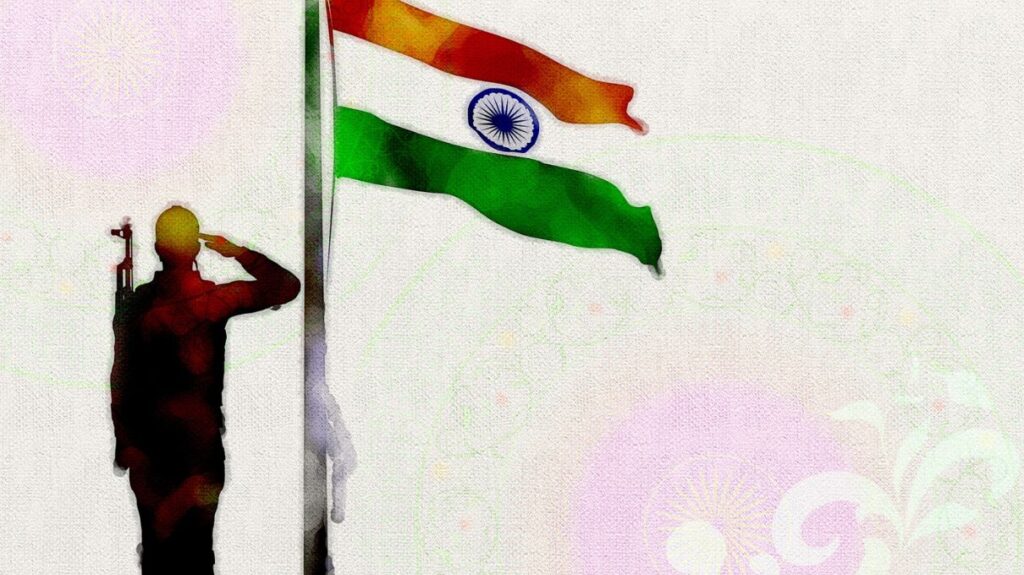
The parade also includes performances by the Indian Air Force, with flypasts showcasing India’s cutting-edge aviation technology. These spectacular aerial formations bring the entire nation’s collective strength into focus, a powerful reminder of the unity and power that the Indian Armed Forces represent. For many, the Grand Parade at Rajpath is not just an event but a moment of national unity, as it brings together citizens from all walks of life to witness India’s progress and capabilities.
The President’s Speech and National Awards
After the parade, the President of India delivers an inspiring speech to the nation, addressing the achievements of the country and offering a vision for the future. The President’s address is a key part of the Republic Day celebrations, reflecting on India’s journey as a republic and the challenges that lie ahead. Republic Day is also the occasion when the Padma Awards, including the Padma Vibhushan, Padma Bhushan, and Padma Shri, are presented to distinguished citizens for their exceptional contributions in various fields like art, literature, education, public service, and social work.
Additionally, the Indian Armed Forces and civilians who display extraordinary acts of valor and heroism receive Gallantry Awards such as the Param Vir Chakra, Ashok Chakra, and other bravery awards. These awards symbolize the nation’s recognition of the sacrifices individuals make in service to the country, both in peace and during times of conflict.
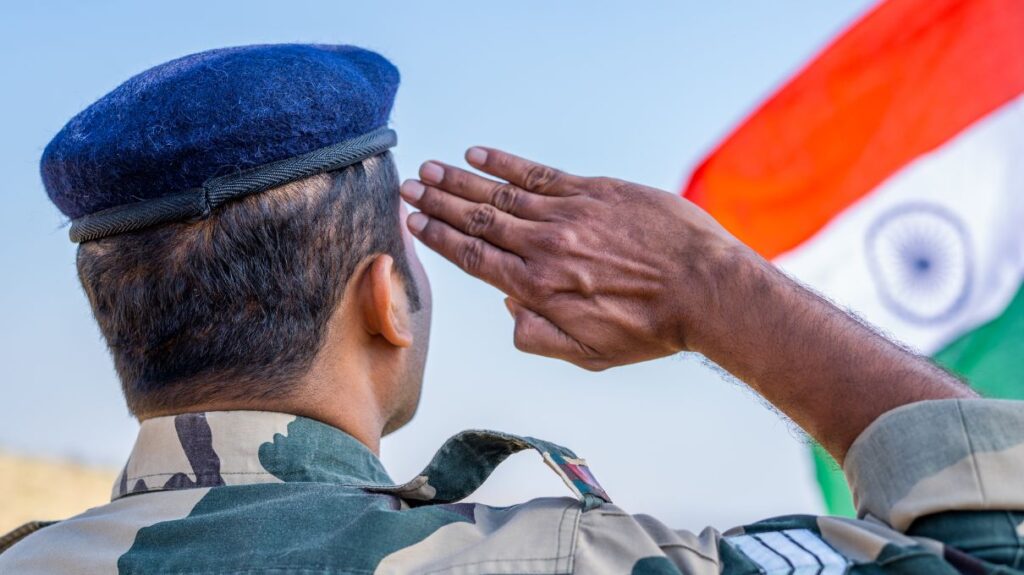
Republic Day is also an opportunity to highlight the progress India has made in various sectors, including technology, education, science, and social welfare. The President’s speech often emphasizes the importance of moving forward as a united nation, fostering greater economic development and social harmony. The Padma Awards, in particular, serve as an encouragement for other citizens to contribute selflessly to the betterment of the nation.
Cultural Programs and Performances
India’s diversity is celebrated through the various cultural performances that take place during the parade. Dancers, musicians, and artists from different parts of India come together to showcase the rich cultural heritage of the country. Traditional music, classical dance forms, and folk performances bring the spirit of India alive. These performances remind us of the importance of preserving and promoting our cultural diversity while fostering national unity.
The cultural performances during the Republic Day parade feature a wide array of artistic expressions, including classical dance forms like Bharatanatyam, Kathak, and Kathakali, as well as folk dances from every region of India. Musicians play traditional instruments such as the tabla, sitar, and shehnai, while local artists perform regional art forms such as Kuchipudi, Ghoomar, and Lavani. Each performance is an expression of India’s vibrant and diverse cultural heritage, reflecting the nation’s deep-rooted traditions and values.
In addition to the live performances, the Republic Day celebrations also include the showcasing of Indian handicrafts, fashion, and visual arts, highlighting the skill and creativity of artisans across the country. These performances also emphasize the importance of cultural preservation, fostering a sense of pride among young citizens about India’s rich history.
The Republic Day Flag Hoisting Ceremony
The Republic Day celebrations officially begin with the flag hoisting ceremony at Rajpath, where the President of India unfurls the National Flag. This momentous occasion is followed by a 21-gun salute, marking the importance of the event and paying homage to the nation’s sovereignty. After the flag hoisting, the Republic Day Parade begins, representing the collective strength and diversity of the nation. It is a symbol of the country’s commitment to its constitutional values, and the salute is a gesture of respect for the country’s independence and democracy.
The hoisting of the flag on Republic Day is deeply symbolic. The Tiranga, India’s National Flag, represents the aspirations, struggles, and sacrifices made by the people of India during the freedom movement. The flag also symbolizes the unity of the nation, transcending barriers of region, language, and culture. The 21-gun salute, performed by the Indian Armed Forces, is a tradition that honors India’s sovereignty and marks the beginning of the official Republic Day observance.
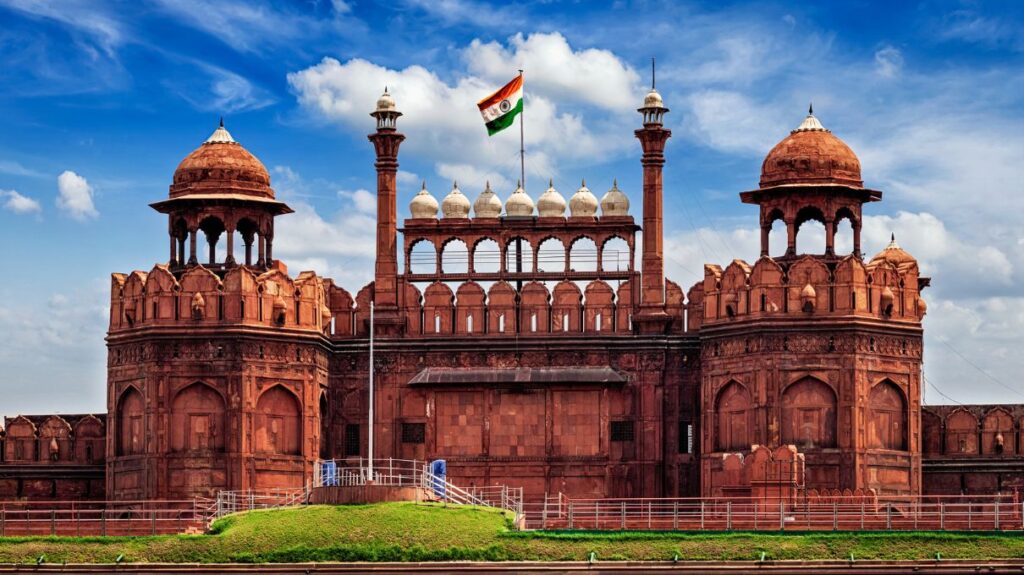
The Chief Guest’s Role
In each year’s Republic Day celebrations, a foreign dignitary is invited as the chief guest. This longstanding tradition adds a diplomatic dimension to the event, strengthening India’s ties with the world. The chief guest is typically a head of state or government of a friendly nation, invited to witness India’s national pride. The presence of the chief guest also serves as an acknowledgment of India’s growing stature on the global stage and its increasing influence in world affairs. This exchange of cultural, political, and economic ties between countries is crucial for building mutual respect and collaborative partnerships in the international community.
The role of the chief guest goes beyond just attending the parade; they actively participate in the celebrations, often offering a speech or remarking on the relationship between their nation and India. Their presence underscores the importance of global solidarity and the shared ideals of peace, democracy, and prosperity. Additionally, it highlights India’s diplomatic strategy of fostering friendly relations with neighboring countries and other global powers, cementing its position as a key player in international politics. For Republic Day 2025, the chief guest will be announced closer to the date of the event, further building anticipation for the celebrations.
This international presence at Republic Day further emphasizes that India’s journey of sovereignty and growth is not only a domestic achievement but one that is recognized and celebrated globally. As India continues to play a pivotal role in shaping the future of international relations, the chief guest at Republic Day stands as a symbol of that ever-expanding influence.
The Role of the Indian Armed Forces
The Indian Armed Forces play an integral role in the Republic Day celebrations. As India’s primary defense body, their participation in the parade serves as a powerful reminder of the nation’s commitment to safeguarding its sovereignty and promoting peace both at home and globally. The military display at the Republic Day Parade is a detailed representation of the country’s defense capabilities, showcasing the dedication and bravery of the soldiers who serve in the Army, Navy, and Air Force. These forces protect the nation’s borders and ensure that the values of freedom, democracy, and justice endure.
The armed forces’ marching contingents receive special attention as they march with military precision and discipline, embodying the professionalism and readiness of India’s defense personnel. People often celebrate these soldiers for their courage, sacrifice, and discipline. Their participation not only pays homage to the armed forces’ legacy but also highlights their ongoing role in preserving the nation’s security. Your sentence is already in active voice, so no changes are needed. It reads clearly and effectively without any passive construction.
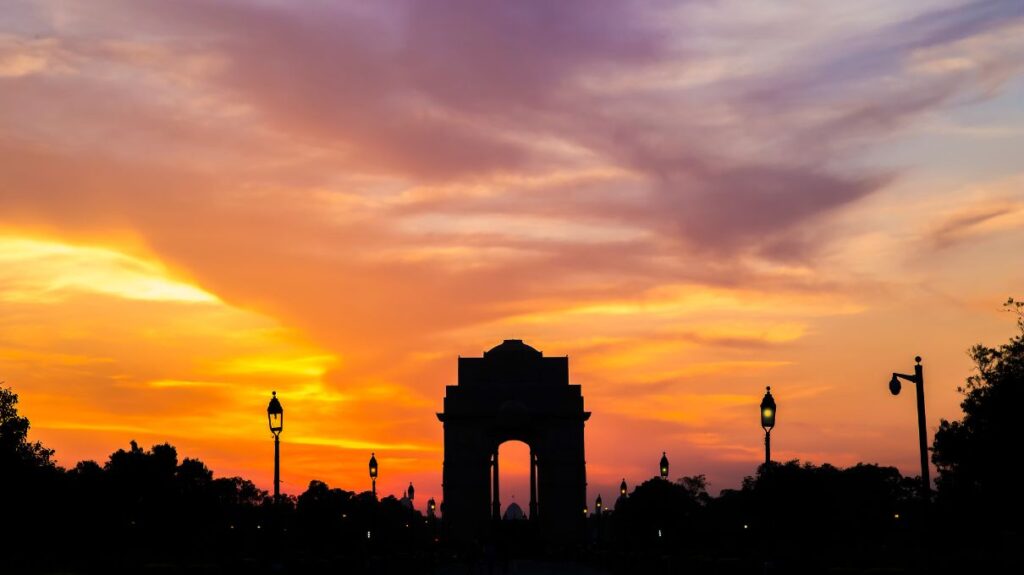
The Naval, Army, and Air Force bands contribute to the grandeur of the event, with patriotic music and resonant tunes reverberating through the atmosphere. Military personnel march alongside cutting-edge combat vehicles, artillery, and advanced drones and other technological innovations, showcasing India’s defense readiness. The Republic Day parade serves as a reminder of the sacrifices made by the Indian Armed Forces to preserve peace and unity within the country and to protect it from external threats. In a world of complex geopolitical dynamics, this display reinforces India’s resolve to remain vigilant and secure.
The President’s Republic Day Reception
Another prestigious event during Republic Day celebrations is the President’s Reception, held at the Rashtrapati Bhavan in New Delhi. This reception is an exclusive, formal gathering attended by dignitaries, politicians, business leaders, and other influential personalities. It is a reflection of the nation’s achievements, progress, and its commitment to democracy, unity, and social justice. The President of India plays a central role during this event, where they interact with leaders from different sectors, showcasing India’s vibrant democratic fabric.
At the reception, the President honors and celebrates the contributions of India’s top citizens, acknowledging their work in diverse fields such as arts, science, education, sports, and public service. It is a celebration of India’s achievements on the global stage and within its own borders. Through this event, the President of India emphasizes the significance of collective progress, acknowledging the efforts of individuals who have contributed to shaping a brighter future for the nation.
The Republic Day Reception also serves as a platform for fostering relations between the government, industries, and cultural institutions, strengthening India’s social and political cohesion. The highest government officials, foreign dignitaries, and the most distinguished members of society attend the event, making it one of the most important gatherings of the year.
Republic Day Across India
While the grand celebrations take place in New Delhi, Republic Day is celebrated with equal fervor across India’s states and Union Territories. Each region marks the occasion with its own flag hoisting ceremony and cultural activities, all reflecting the unique heritage and traditions of the area. In cities and towns across the country, local leaders and officials raise the national flag, followed by a ceremonial march or rally. These regional events highlight India’s diverse cultural expressions, with participants wearing traditional attire, performing folk dances, and organizing competitions.
From the northernmost regions like Jammu & Kashmir to the southern states such as Tamil Nadu, from the eastern Bengal region to the western coastal areas, people come together to honor the day. Schools, colleges, and government institutions in every part of the country organize programs that include parades, cultural performances, and awareness campaigns about the significance of Republic Day. These celebrations reinforce the shared sense of national pride and the importance of upholding the principles of the Indian Constitution. Republic Day, thus, unites people from all regions, languages, and cultures in a common celebration of India’s sovereignty.
In many parts of India, national flags are flown on rooftops, marking the participation of ordinary citizens in the celebrations. It is a day when everyone, regardless of their background, feels connected to the larger cause of the nation’s progress. The celebrations across the nation serve as a reminder that India is a land of vast diversity yet bound by a common thread of patriotism and pride.
Republic Day in Schools and Educational Institutions
Republic Day holds a special place in schools and colleges across India. It is a day of reflection and celebration, particularly for students who are encouraged to learn about the values enshrined in the Indian Constitution and the freedom struggle. Schools across the country organize special assemblies where children participate in flag hoisting, sing patriotic songs, and perform various cultural activities. These events aim to instill a sense of nationalism and responsibility among students from a young age.
Teachers often encourage students to take part in essay writing competitions, debates, and painting contests, which focus on the themes of Republic Day, democracy, and nation-building. These activities provide an opportunity for students to engage in critical thinking and express their ideas about India’s journey as a republic. Republic Day celebrations in schools help children connect with the historical importance of the day and cultivate a deep respect for the Constitution, the freedom it guarantees, and the ongoing struggles to preserve these freedoms.
Beyond the formalities of flag hoisting, schools and colleges also engage in various community service activities, volunteer efforts, and awareness campaigns that highlight social causes. These initiatives remind students of their role in building a strong, unified, and progressive nation. Republic Day, therefore, serves as a teaching tool to pass on the legacy of India’s democracy to future generations.
Conclusion
Republic Day of India is much more than just a day of festivities—it is a day to reaffirm our commitment to the democratic principles that our Constitution upholds. As we approach Republic Day 2025, the occasion promises to be even more significant as it marks India’s 76th year as a republic. It is a day for every citizen of India to come together in celebration and pride, reflecting on the hard-fought journey to sovereignty and the ongoing quest for unity, peace, and prosperity.
This year’s Republic Day celebration, on Sunday, 26th January 2025, will not only honor India’s past but also highlight the nation’s achievements, both domestically and globally, as it strides toward a future built on the foundation of democratic ideals. It will mark a significant milestone in the journey of a nation that continues to grow, evolve, and stand as a beacon of hope and democracy in the global arena.



